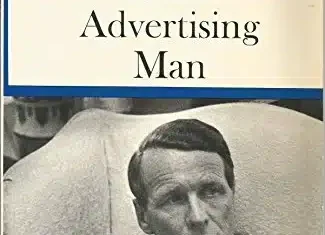Some of the mental models that I’ve been sharing can be a bit difficult to understand, but that’s not the case here. People can be motivated by incentives, and choosing the right reward can bring huge benefits.
Charlie Munger has a great example of this with FedEx:
As he explains, the integrity of the FedEx system relies heavily on the ability to unload and then quickly reload packages at one central location within an allotted time. Years ago, the company was having a terrible problem getting its workers to get all the boxes off and then back on the planes in time. They tried numerous different things that didn’t work, until someone had the brilliant idea of paying the workers by the shift as opposed to by the hour. Poof, the problem was solved.
FedEx’s old pay-by-the-hour system rewarded those who took longer to get the job done. They were incentivized to take longer. By switching to pay-by-the-shift, workers were motivated to work faster and without error so they could go home, yet still earn the wages of a full shift.
If you can align your incentives with your goals, you can make magic. FedEx could have chosen to simply pay those workers more and hope that it would motivate them, but instead they effectively gave them each a raise that they could earn themselves.
Andrew McVagh agrees, and says it this way:
The key idea is that by providing people with the proper incentives you can alter their behavior towards whatever goal you have in mind.
Set your goals, align incentives with them, and things can work out very well.




